グランパ、萩へ ―― 時とともに育つ器
🧓 Grandpa says…

“You don’t break in a Hagi cup.
It breaks you in — slowly, softly, kindly.”
「萩の器はのう、使う側を育ててくれるんじゃ。
こっちが慣れるんやのうて、器がじわじわ心に染みてくるんじゃよ。」
🇬🇧 A Brief History of Hagi Ware
萩焼のはじまりと歴史
Hagi-yaki (萩焼) dates back over 400 years,
originating in the early 17th century when Korean potters were brought to Japan following the Imjin War.
They settled in Hagi, a castle town in present-day Yamaguchi Prefecture, under the patronage of the Mori clan.
These artisans fused Korean techniques with Japanese aesthetics, creating a warm, milky white pottery that was soft to the touch and deeply cherished by tea masters.
Hagi ware became especially prized in the Way of Tea (茶の湯) for its understated charm and evolving texture.
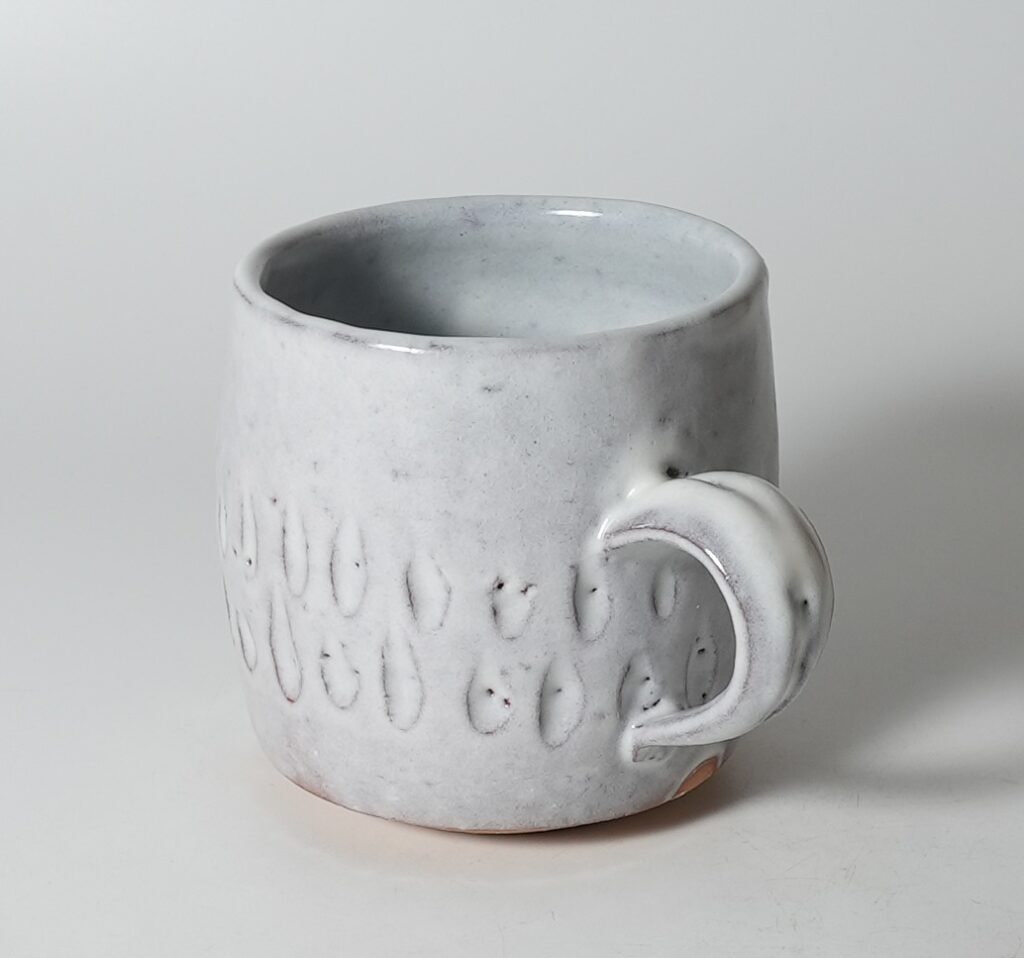
萩焼の歴史は約400年前、文禄・慶長の役(1592年〜)にまで遡ります。
朝鮮から連れてこられた陶工たちが、毛利氏の庇護のもと萩に定住し、
日本の美意識と融合した「柔らかく、ぬくもりのある器」を生み出しました。
🏺 Why Hagi Feels Alive
萩焼が「生きている」と言われる理由
Hagi ware is known for a unique trait: it absorbs water.
Its fine cracks, called kannyu (貫入), gradually stain with tea or sake,
changing color over time — turning each piece into a personal story.
萩焼の最大の魅力は、「育つ器」であること。
表面の細かなひび(貫入)に、茶や酒が染み込み、時間とともに色味が深まっていきます。
つまり、器が「持ち主の時間」を吸い込み、世界に一つだけの表情になるんです。
🍶 Tea, Sake, and Gentle Hands
茶、酒、そして“やさしい手”
You won’t find flashy glazes or bold designs here.
Hagi cups are soft-spoken.
They’re about texture, not perfection — and that’s why they feel human.
萩焼に派手な色や豪華な絵付けはありません。
あるのは、手に馴染む“やさしさ”と、“使うごとに増す深み”。
それがまるで、人と人との関係みたいなんじゃよ。
🧓 Grandpa’s Note
“My old Hagi cup has a crack, a chip, and a stain.
And that’s why I wouldn’t trade it for anything new.”
「わしの萩の湯呑みには、ひびも欠けも、染みもある。
せやけど、どんな新品より愛おしいんじゃ。」
📘 Vocabulary Corner
| Word | Meaning | 日本語訳 |
|---|---|---|
| Hagi ware | Pottery from Hagi, Yamaguchi | 萩焼 |
| Kannyu | Crackle patterns in pottery | 貫入(ひび模様) |
| Absorbent | Able to soak in liquid | 吸水性がある |
| Patronage | Support from a powerful figure | 保護、後援 |
| Tea ceremony | Traditional Japanese tea practice | 茶の湯、茶道 |
🏡 Closing Thought
In a world chasing perfect surfaces,
Hagi ware reminds us: flaws make stories.
完璧な器ばかりがもてはやされるこの時代に、
萩焼はこう語りかけてくれる。
「傷も、味なんじゃ」と。
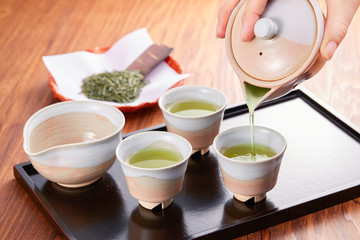

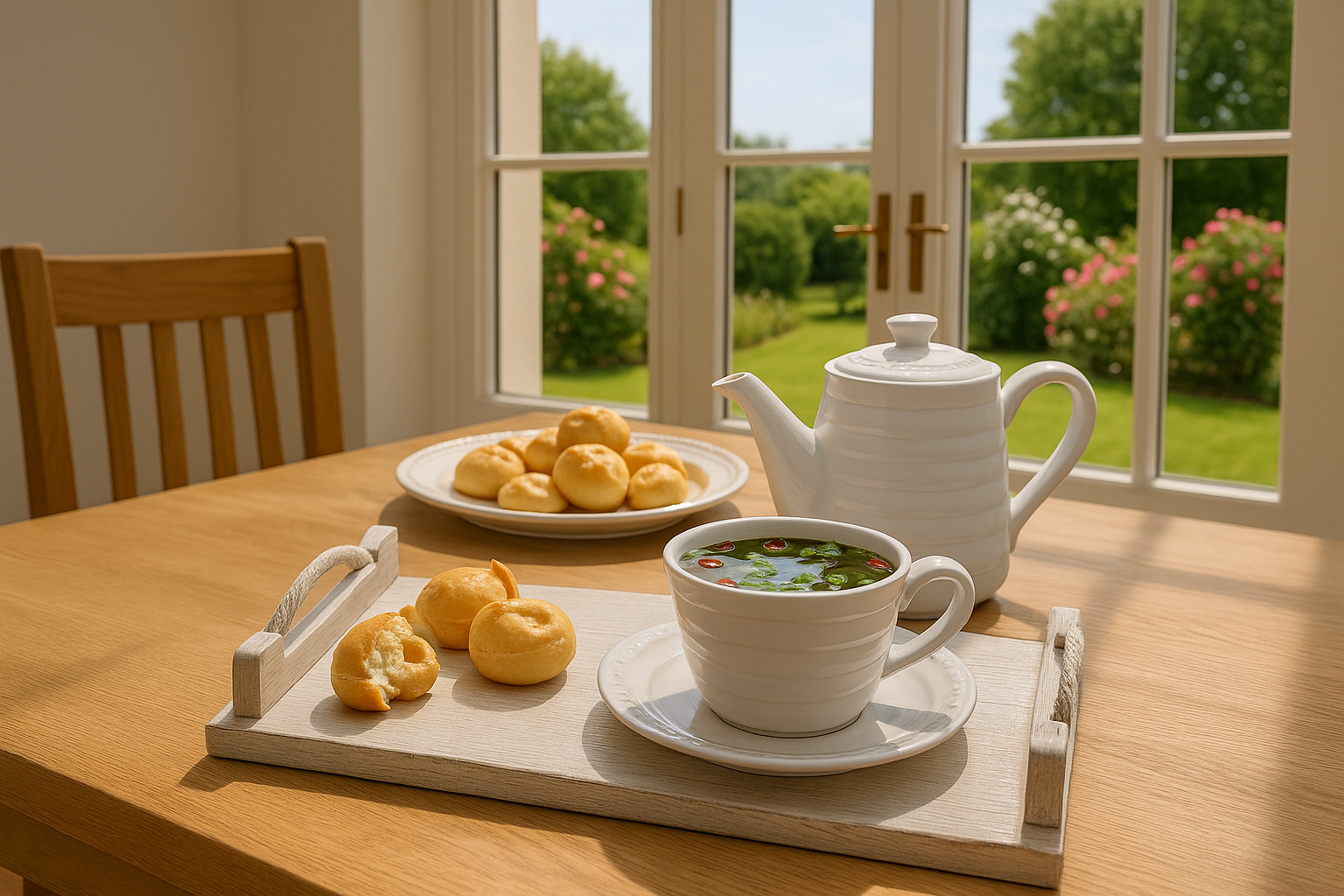
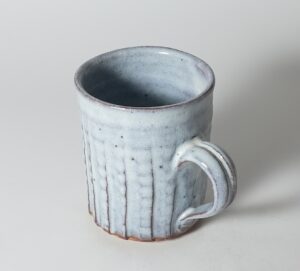

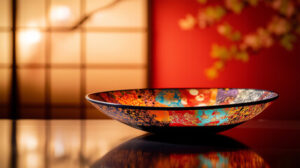
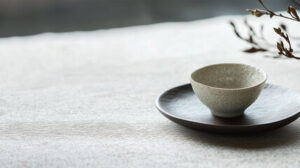
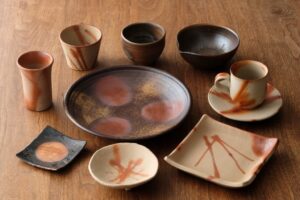
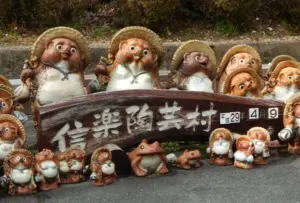
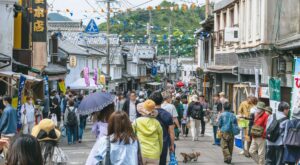
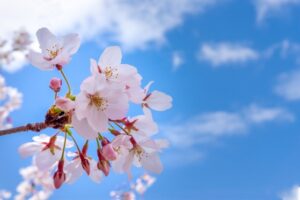

コメント